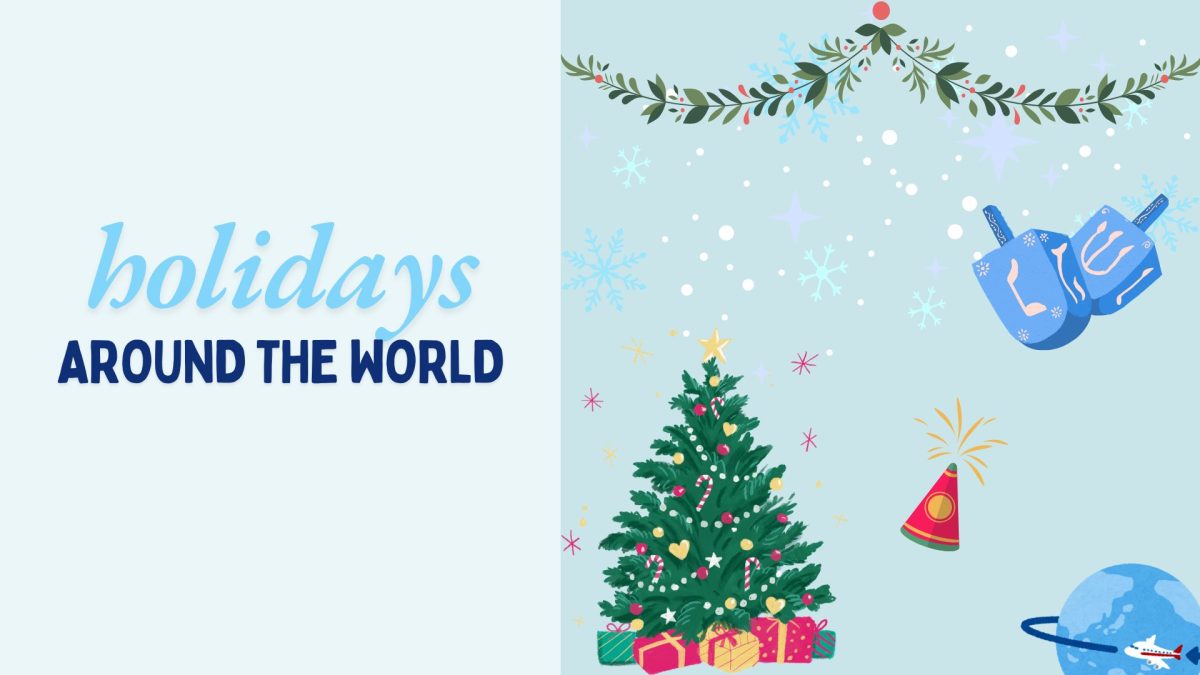As winter sets in, people everywhere embrace the holidays, celebrating with family, friends, and traditions. While we wait for Christmas, let’s look at how different cultures celebrate the holiday season.
Lunar New Year: January-February (dates may vary)
Lunar New Year is about spending time with family, embracing traditions that bring luck and prosperity, and new beginnings. Celebrated across East Asia, it is a fifteen-day celebration marking the beginning of the new year (based on the lunar calendar).
Before the celebration, families clean their homes to rid themselves of bad luck and decorate with red banners and lanterns to symbolize good fortune. The holiday itself is filled with food like dumplings, fish, and red envelopes stuffed with money that are handed out to wish prosperity for the year ahead.
It’s a time to honor ancestors, reflect on the past, and set the tone for the months to come. Whether you’re enjoying a quiet meal with loved ones or watching vibrant parades with lion dances and fireworks, the Lunar New Year is all about celebrating togetherness and hope.
Hogmanay: December 31
Hogmanay is a Scottish New Year celebration, marked by warmth and cheer. Celebrated on New Year’s Eve, it’s a mix of ancient traditions and modern festivities.
One of the highlights is “first-footing,” where the first visitor after midnight brings symbolic gifts;like coal, for warmth or shortbread, for luck to ensure a prosperous year ahead. Many towns also light up the night with parades, bonfires, and fireworks, and some even hold torch-lit processions to ward off bad spirits.
Hogmanay isn’t just about celebrating, it’s about looking forward with hope and surrounding yourself with friends and family. In true Scottish style, it’s all done with plenty of good food, drink, and music.
Las Posadas: December 16-24
Los Pasados is a beautiful blend of tradition, community, and joy. It re-enacts Mary and Joseph’s journey to find shelter, remarking on the spirit of hospitality and compassion.
Each night, families and neighbors form processions, singing traditional songs as they go door-to-door symbolically seeking a place to stay. The evening ends with the host opening their doors, welcoming everyone in for a lively celebration complete with food, music, and piñatas for children.
It’s a holiday that’s as much about community as it is about faith—a time to gather, share stories, and enjoy each other’s company during the festive season.
Hanukkah: December 25-January 2
Hanukkah, the Jewish Festival of Lights, commemorates the rededication of the Second Temple during the second century BCE. According to tradition, after reclaiming the temple, a small amount of oil, enough for just one night–miraculously burned for eight days.
To celebrate, Jewish families light the menorah, a nine-branched candelabrum, over eight nights. Each evening, one additional candle is lit while blessings are received.
Games and songs add to the spirit of the season, with the spinning of dreidels and giving of chocolate coins named gelt, favorites among children.
Kwanzaa: December 26-January 1
Kwanza is a week-long celebration honoring African culture and heritage. Created in the 1960s by professor and activist, Dr. Maulana Karenga, it’s rooted in traditions that focus on family, community, and culture.
Each day, people light a candle on the kinara, representing one of the seven principles, known as Nguzo Saba, of Kwanzaa; umoja (unity), kuumba (creativity), kujichagulia (self-determination), ujima (collective work and responsibility), ujamaa (cooperative economics), nia (purpose), and imani (faith). Kwanzaa is also a time for gathering with loved ones, sharing stories, and enjoying delicious meals.
Kwanzaa is less about lavish gifts and more about connecting with history, heritage, and the people who matter most.
Although they all come from diverse cultures, all of these holidays remind us of what really matters during the winter months: family, community, and new beginnings.



